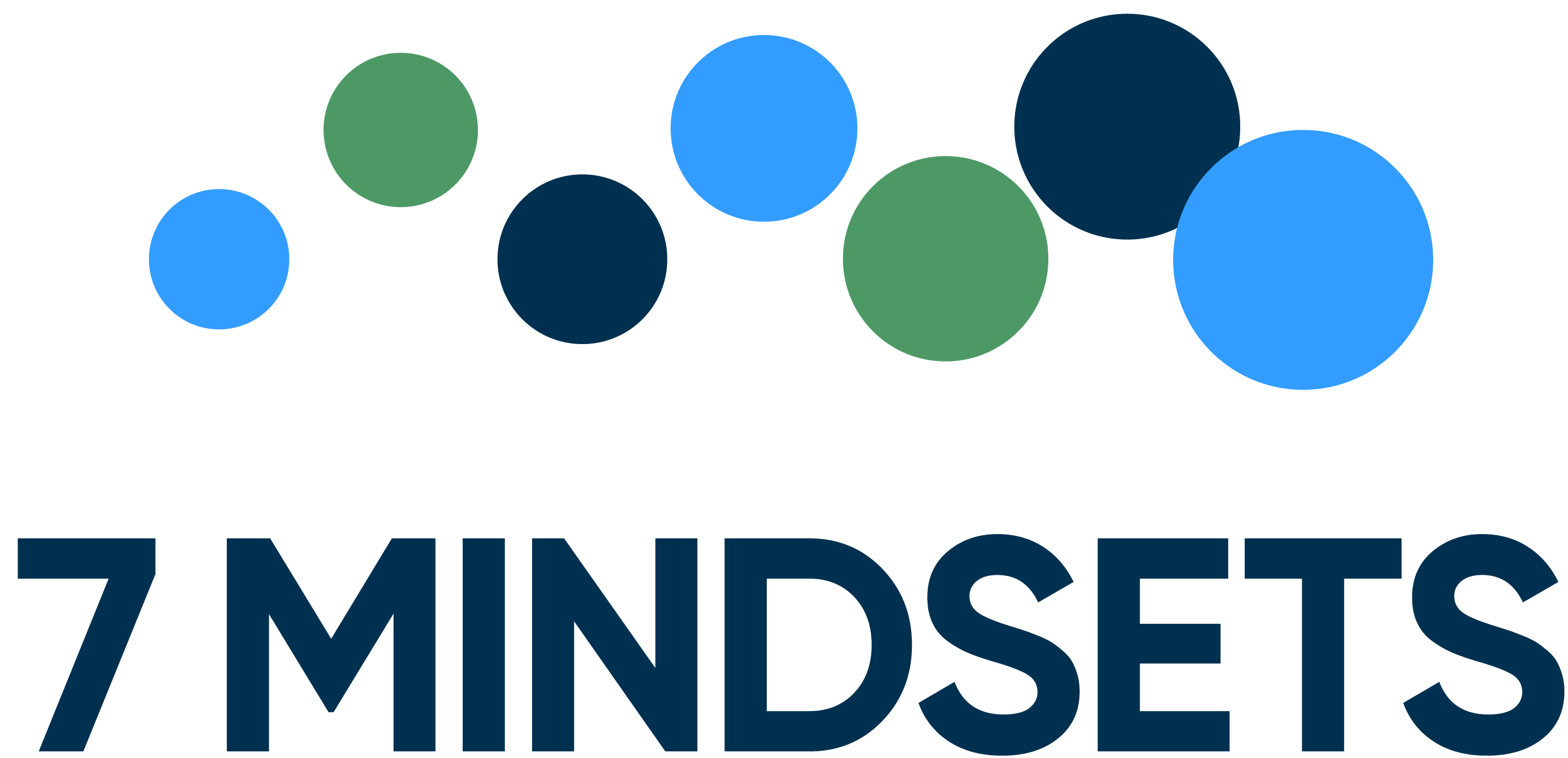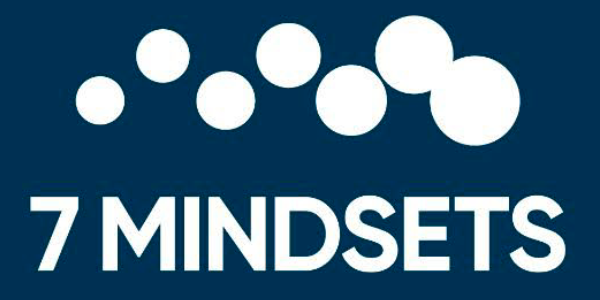By Jeff Waller, 7 Mindsets Co-Creator and VP of Educational Services
In his work, What to Say When You Talk to Yourself, Shad Helmstetter teaches us that we’ll become what we think about the most.
“Your success or failure in anything depend on your programming – what you accept from others, and what you say when you talk to yourself,” he says.
To illustrate this point, he uses the metaphor of a computer. The keyboard provides input much like the experiences in our lives and the work of our conscious minds. The printer and monitor are the output, which parallel the actions and results in our life.
However, the real power resides inside the computer itself. Like our own brains, the software inside processes the information and ultimately dictates the results. When we press the “P” key, the letter “P” shows up on the screen. The only way to change that result would be to reprogram the software to deliver a different result.
Likewise, the only way to get different and better results in our lives is to reprogram our subconscious minds by changing what we say when we talk to ourselves¹.
The average human has 60,000 thoughts per day, and 80% of them – almost 50,000 of those thoughts – are negative.
Negative self-talk often leads to anxiety and depression through self-fulfilling prophecies, a common issue in which you start believing your own negative propaganda and bring about exactly what you fear. It is no wonder that, according to the research of Dr. Martin Seligman, suicide and depression are ten times more prevalent today than in 1960, and the average onset age has dropped to 14.5 compared to 29.6 years of age just 50 years ago².
My greatest concern as a parent – and one that I’m sure is shared by many – is for the emotional health of my children. We live in a world of unparalleled opportunity, yet the human condition in many ways seems to be in decline, and nowhere is this more apparent than with our youth.
The good news for us is that the same self-talk our youth are using to create negative results can be adjusted to bring about desirable outcomes and generate good feelings.
One of the easiest and most impactful things we can teach our students to positively reprogram their self-talk is the proper use of affirmations. We can also provide them with tried and true affirmations for teens that have helped millions of their peers.
Here are several key strategies you can teach your students about using affirmations:
- Affirmations must be firm, defined statements. Conditional affirmations are not nearly as effective. Avoid words like “hope,” “should,” or “wish” because these are soft and lack the confidence to be effective.
- Keep affirmations in the present tense. They should not be something you will become in the future; they should always speak to what you are now.
- Repetition and frequency is critical. We all know the power of repetition when building new habits. The thoughts we have today are simply habits we’ve solidified throughout our lives, so applying affirmations frequently is the key to rebuilding them. Just before bed at night and first thing in the morning are the two most powerful times to employ affirmations.
- While saying affirmations to yourself is a start, saying them out loud is more powerful. Writing them down is even more potent. The most impactful time to make an affirmation is in the moment of need (e.g. saying or writing the affirmation, “I am good at math” while you are taking a math test).
- It is important to manage the number of affirmations. Prioritize the top 3 to 5 and start off by focusing on those. You can always expand into new areas over time.
Here are 37 positive affirmations for students to help them combat negative thinking:
To increase self-esteem and body image:
1. I embrace my flaws because I know that nobody is perfect
2. I don’t want to look like anyone but myself
3. I get better every day in every way
4. My self-worth is not determined by a number on a scale
5. I matter, and what I have to offer this world also matters
6. I love myself deeply and completely
To help them deal with adversity
7. This too shall pass
8. Failure is great feedback
9. I am confident about solving life’s problems successfully
10. I learn from my challenges and always find ways to overcome them
11. Everything works out for the best possible good
12. I press on because I believe in my path
To encourage them to believe in their future
13. If I can conceive it and believe it, I can achieve it
14. The future is good, and I look toward it with hope and happiness
15. I can do whatever I focus my mind on
16. I follow my dreams no matter what
17. All my problems have solutions
18. I am open to all possibilities
To reduce comparing themselves to others
19. I compare myself only to my highest self
20. I am not trying to fit in, because I was born to stand out
21. I refrain from comparing myself to others
22. Beauty comes in all shapes and sizes
23. I am who I want to be starting right now
24. I see perfection in both my virtues and my flaws
To deal with bullying or social conflict
25. I belong, and I am good enough
26. No one can make me feel inferior without my consent
27. I surround myself with people who treat me well
28. I see the beauty in others
29. I am safe and sound, and all is well
30. It is okay to say no because those who matter don’t mind and those who mind don’t matter
To improve their overall attitude
31. I am perfect and complete just the way I am
32. I control my emotions; they don’t control me
33. I am too big a gift to this world to feel self-pity
34. Today is the best day of my life
35. I fill my day with hope and face it with joy
36. I choose to fully participate in this existence
37. The mistakes I made yesterday are creating the person I’ll be tomorrow
No one will ever influence your child’s life even a fraction of the amount that their own thoughts will influence them. By teaching them a better way to talk to themselves, you’ll help them live their lives with success and happiness.
¹Helmstetter, S. (1990). What to say when you talk to your self. Simon and Schuster.
²Seligman, M. E., & Csikszentmihalyi, M. (2000). Positive Psychology: An introduction (Vol. 55, No. 1, p. 5). American Psychological Association.
Photo credit: Hadock






